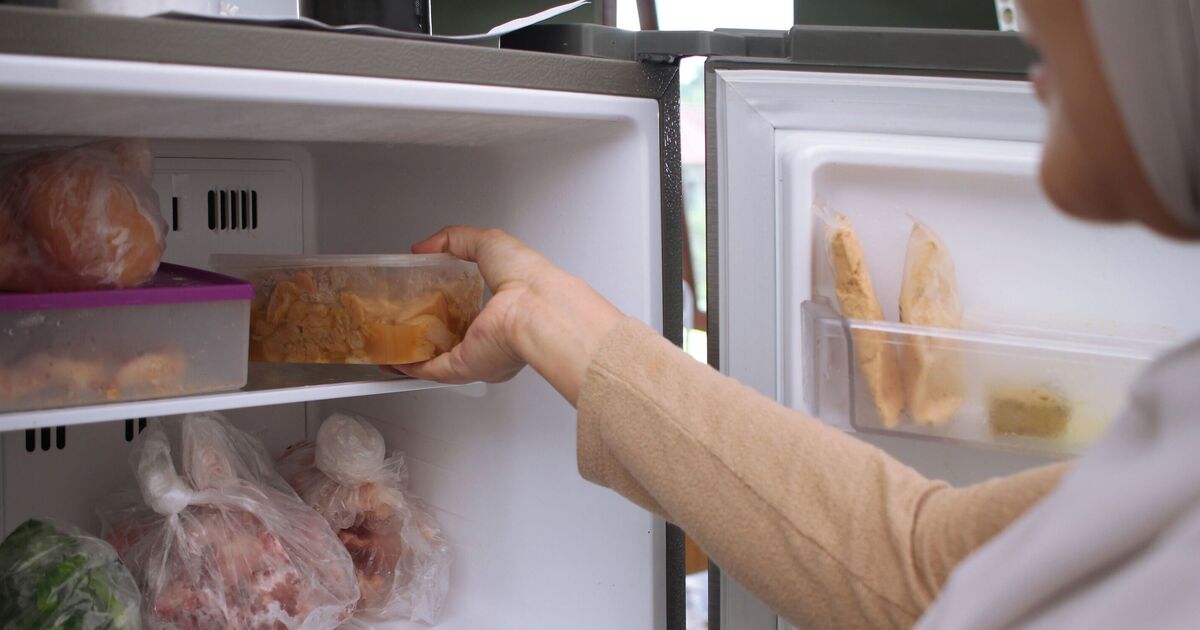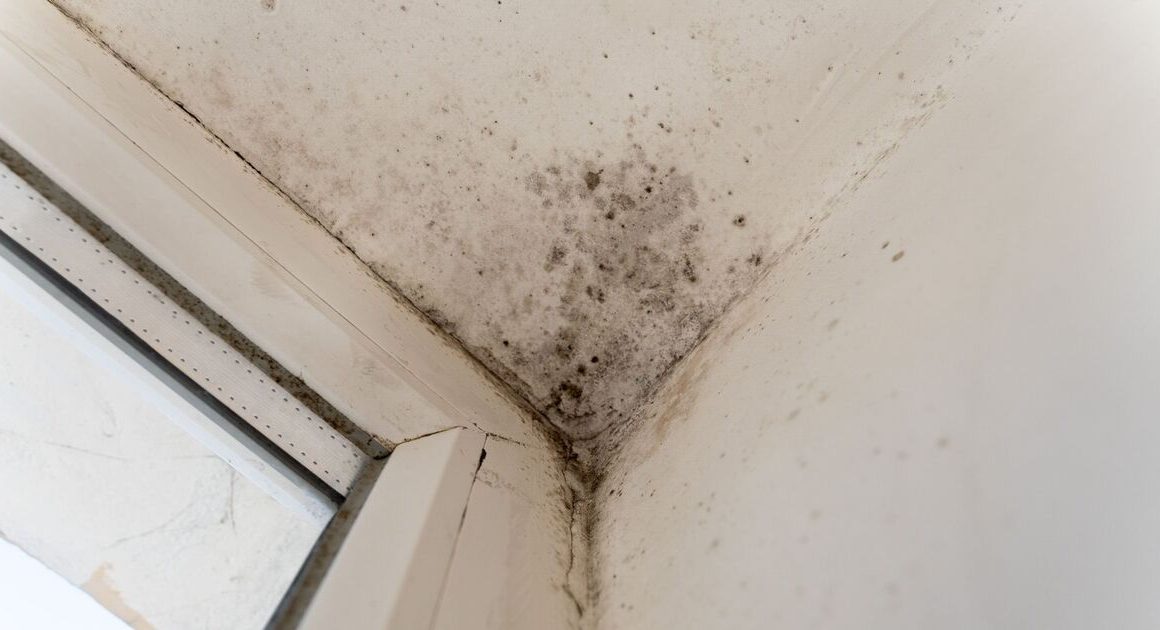The kitchen is one of the highest users of energy in any home thanks to the plethora of appliances that stay switched on and plugged in, even when they’re not in active use.
Fridges and freezers are one of the worst culprits when it comes to passive energy use as they have to be on 24/7.
Luckily there are a few ways you can make sure you’re getting the most bang for your buck from your fridge.
According to FoodSavvy.org, there are a few simple tricks you can use to save your hard earned cash.
The first of these is to make sure your freezer is full. If your freezer is packed, the cold air doesn’t need to circulate so much, so you won’t waste energy cooling empty space.
If you don’t have enough food to keep your freezer stocked, don’t panic. You can fill the additional space with ice packs to keep next summer’s picnic cool, or you can freeze bags of water and use those as space filers too.
Secondly, it’s crucial to make sure your fridge and freezer are sealed. The most common way fridges lose energy is through a leaky seal – so make sure you are up to date to avoid losing that valuable cold air out the side.
To test whether your fridge seal is working as it should, try the paper test. Take a sheet of paper and close it in the door of your fridge and freezer. If it stays put, you’re in the clear but if it falls out, it may be time to check your seals.
When it comes to saving cash, time is of the essence – if you fancy a snack from the fridge don’t dilly dally with the door open.
The longer the door is open, the more cold air escapes and the harder the fridge has to work to lower the temperature.
In a similar vein, don’t put hot leftovers straight in the fridge – let it cool on the kitchen bench first
The reverse of this will also save you money – if you want to defrost leftovers from the freezer, pop them in the fridge. They’ll defrost and lower the ambient temperature in the fridge as they do so.










